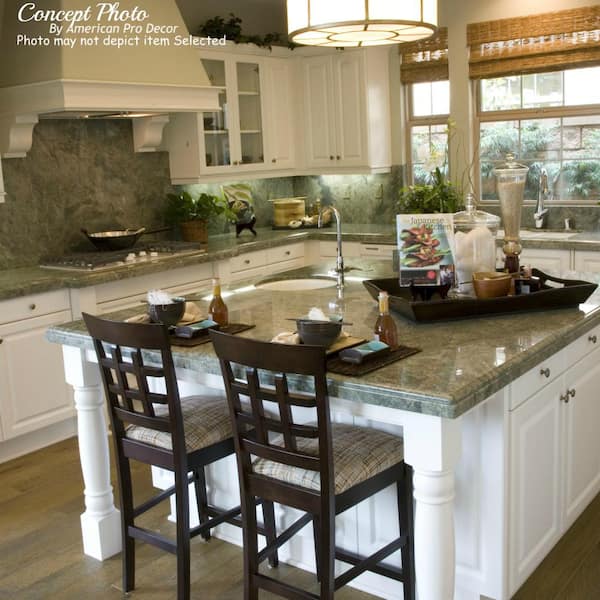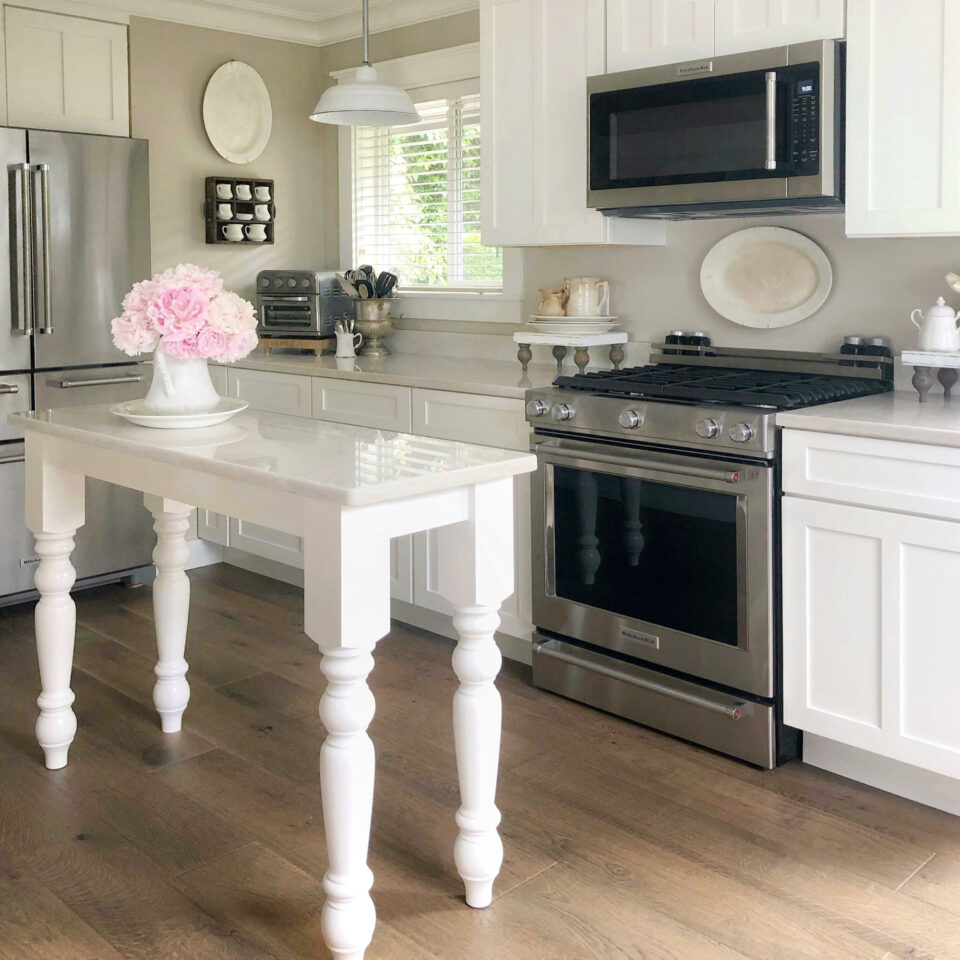Choosing the Ideal Kitchen Island Leg for Sturdiness and Performance
Choosing the Ideal Kitchen Island Leg for Sturdiness and Performance
Blog Article
The Significance of a Sturdy Cooking Area Island Leg in Developing a Useful Cooking Location
A strong kitchen area island leg works as a fundamental part in developing a useful food preparation environment, providing essential support for both the countertop and various kitchen area activities. The security it uses can dramatically lower the risk of mishaps in high-traffic areas, while additionally adding to the overall visual comprehensibility of the room. As kitchens develop right into multifunctional locations for cooking, dining, and interacting socially, the option of products and style factors to consider for island legs comes to be significantly essential. Recognizing these components can transform your kitchen area into a safer and more efficient location, prompting additional exploration right into the most effective options readily available.
Benefits of Sturdy Island Legs
Providing important assistance, strong kitchen island legs play a crucial role in boosting the performance and sturdiness of kitchen islands - kitchen island leg. These legs not just bear the weight of the kitchen counter and any extra products put on the island, however likewise add to the total security of the structure. A well-supported cooking area island guarantees that it continues to be functional and upright, even under heavy use, which is specifically essential in busy cooking area atmospheres
Furthermore, tough island legs can improve the visual appeal of the kitchen area. They supply a solid structure that can match numerous style styles, from contemporary to typical. This flexibility enables home owners to personalize their cooking area islands according to personal taste while making sure that the architectural integrity stays uncompromised.
Along with their helpful function, durable kitchen island legs can likewise boost security. A stable island lowers the danger of crashes brought on by tipping or wobbling, which is particularly important in families with youngsters or senior individuals. Strong legs can assist in a seamless circulation of activities, permitting for effective meal preparation and social communications within the cooking area room. Inevitably, buying sturdy kitchen island legs is crucial for a useful and visually pleasing cooking location.
Materials for Kitchen Area Island Legs
When choosing materials for kitchen island legs, toughness and aesthetic appeal are crucial factors to consider. One of the most typical materials include hardwood, metal, and engineered wood, each offering unique advantages.
Hardwood, such as maple, cherry, or oak, is a traditional choice due to its toughness and ageless beauty (kitchen island leg). It can hold up against considerable weight and is resistant to use, making it perfect for high-use kitchen atmospheres. Additionally, hardwood can be tarnished or painted to match various cooking area styles
Steel legs, frequently crafted from stainless-steel or wrought iron, offer a commercial and modern appearance. They are incredibly strong and can sustain substantial tons while being immune to moisture and warm, which is advantageous in a cooking location. Metal legs can additionally be easily cleaned up, boosting their practicality.

Design Factors To Consider for Stability
The option of materials for kitchen area island legs straight affects the design factors to consider for security. When making a kitchen island, it is extremely important to assess the weight-bearing ability of the selected products. Much heavier products, such as solid timber or metal, typically supply better security, particularly under the stress of everyday usage.
Additionally, the leg layout have to incorporate appropriate geometry to boost stability. A broader base increases the support location, reducing the risk of tottering or tipping. Consideration must additionally be offered to the elevation of the legs; disproportionate leg sizes can bring about discrepancy, jeopardizing the total stability of the island.
In addition, the distribution of weight throughout the island is essential. Ensuring that the leg positioning aligns with the heaviest elements, such as devices and countertops, will even more improve security.
Upkeep Tips for Longevity

Depending on the material of the legs-- whether wood, metal, or composite-- appropriate cleaning techniques must be utilized. Steel legs might call for a light gloss to avoid rust and preserve their radiance.
If the kitchen area island experiences heavy usage, think about reinforcing the legs with added braces or supports to enhance see this website sturdiness. By following these upkeep suggestions, homeowners can guarantee their cooking area island legs stay practical and durable for years to come.
Choosing the Right Leg Design
Normal upkeep makes certain that kitchen island legs remain functional and durable, but choosing the best leg style is similarly essential for both visual appeals and support. The option of leg style can considerably influence the overall design and consistency of your cooking area.

Functionality is one more vital facet. As an example, thicker legs or those with a durable base can sustain much heavier counter tops and tools, improving the island's energy. On the other hand, slender legs may develop an airy appearance, ideal for lighter styles however possibly less helpful.
Verdict
In recap, the importance of durable kitchen island legs can not be overstated in the production of a practical food preparation area. These legs give vital assistance, improve stability, and contribute to the general visual of the cooking area. By very carefully choosing appropriate materials and styles, as well as carrying out correct upkeep methods, the long life and effectiveness of Continued kitchen area islands can be made sure. Inevitably, purchasing durable island legs is fundamental to achieving a efficient and risk-free cooking atmosphere.
A sturdy cooking area island leg serves as a basic element in developing a useful cooking environment, providing needed assistance for both the counter top and various kitchen area tasks.Supplying important assistance, sturdy kitchen island legs play an essential role in boosting the functionality and resilience of kitchen islands. Eventually, investing in tough cooking area island legs is crucial for a functional and visually pleasing cooking location.
Factor to consider must also be provided to the elevation of the legs; disproportionate leg sizes can lead to inequality, endangering the overall stability of the island.
Wood legs give warmth and a traditional appearance, while metal legs provide a modern-day and commercial feeling.
Report this page